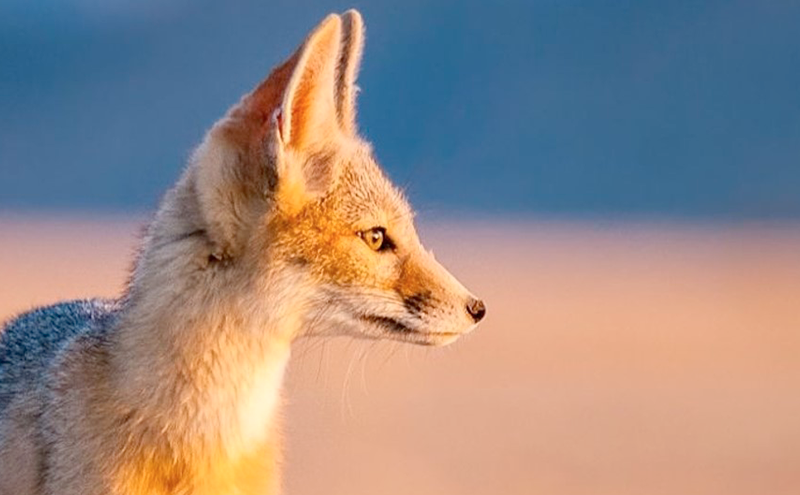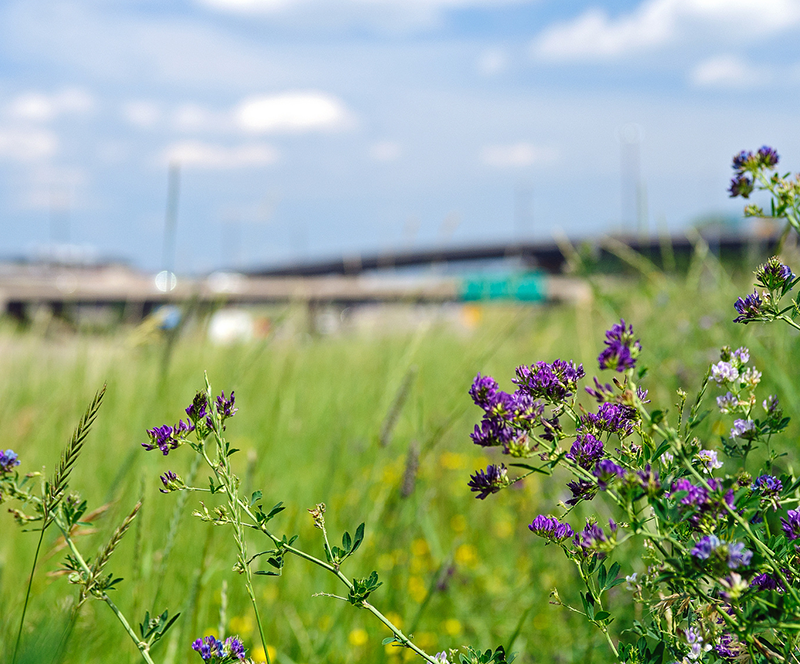The greater sage grouse is a large, ground-dwelling bird that relies upon healthy sagebrush ecosystems. This land is also used for cattle ranching and oil and gas development, two of Colorado’s largest economic drivers. The U.S. Fish and Wildlife Service faces a 2015 deadline to decide if the greater sage grouse should be protected by an Endangered Species Act listing. Listing could severely impact both energy production and ranching across the bird’s vast 11 state range, including Colorado.
In a recent article Op Ed from Terry Fankhauser, Colorado Cattlemen’s Association and David Festa, Environmental Defense Fund published in the Denver post, the Colorado Habitat Exchange, which Environmental Incentives is developing in partnership with the Colorado Cattlemen’s Association, Environmental Defense Fund and collaborators from the ranching community, oil and gas industry, and State agencies was featured as a promising approach to address issues related to conservation of sage grouse in Colorado. The article states…
“One tool that shows promise in addressing both the conservation and economic sides of the issue is a habitat exchange…the best feature of a habitat exchange is its collaborative nature. In order to use the vast potential of privately owned lands to protect habitat in a way that strikes the right balance between species protection and economic growth, all stakeholders — farmers, ranchers, energy producers and conservationists — can come together to generate positive environmental outcomes.”
The Colorado Habitat Exchange is a market-based mechanism that quantifies conservation outcomes (credits) and impacts from human activities (debits), defines standards for market transactions, and reports the overall progress from implementation of conservation actions throughout the greater sage-grouse range in Colorado. The Exchange establishes the market infrastructure and tools necessary to facilitate effective and efficient conservation for the species, which include the habitat quantification tool (HQT) and protocols (i.e. processes and rules) to ensure conservation benefits are measurable and repeatable. The Exchange is intended to provide regulatory certainty for industries by addressing compensatory mitigation needs whether or not the species is listed under the Endangered Species Act.
Read more about the Colorado Habitat Exchange in the recent Denver Post Op Ed



